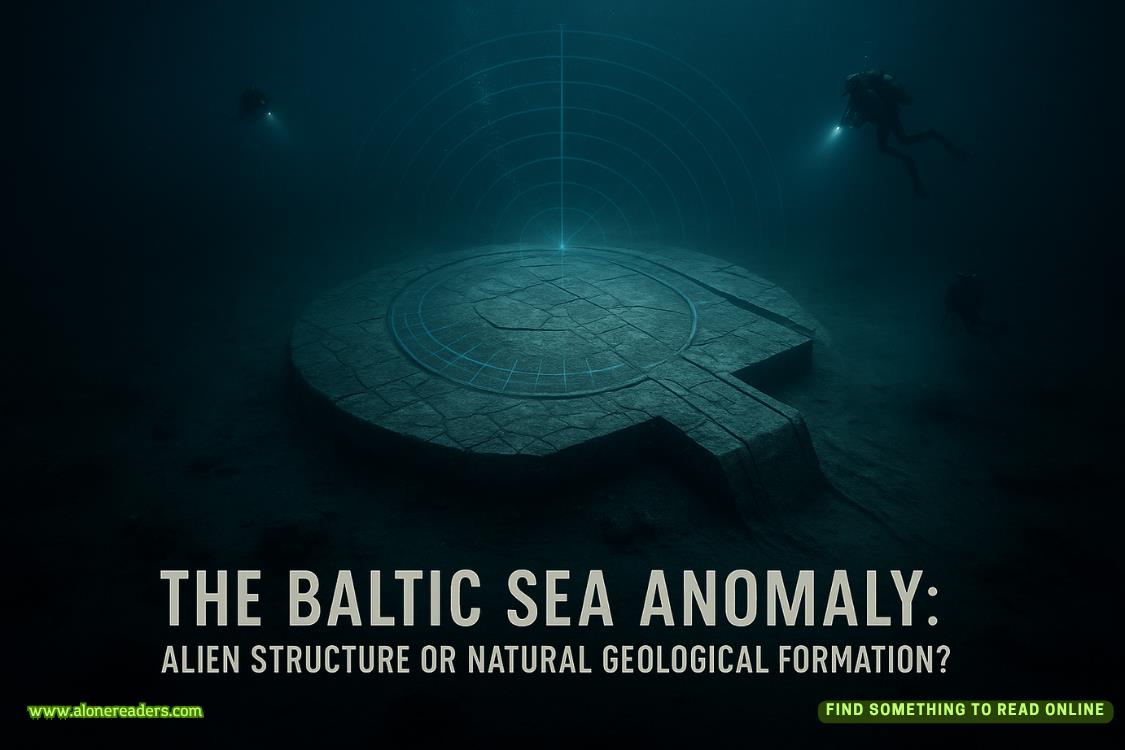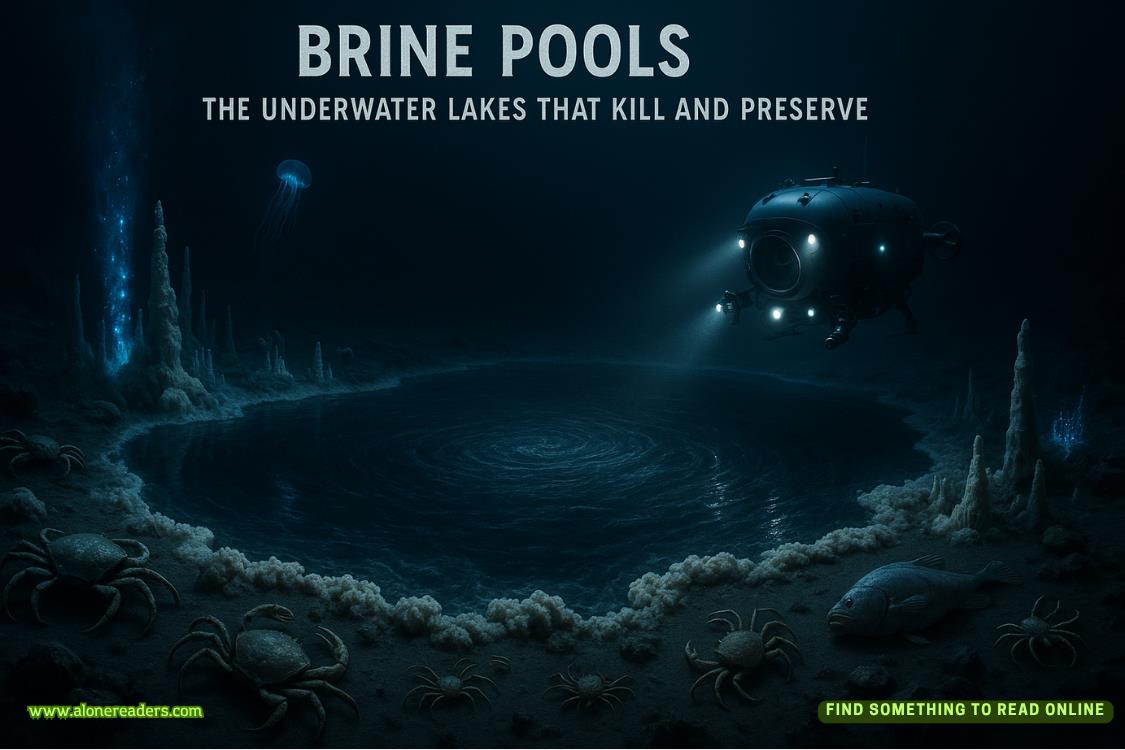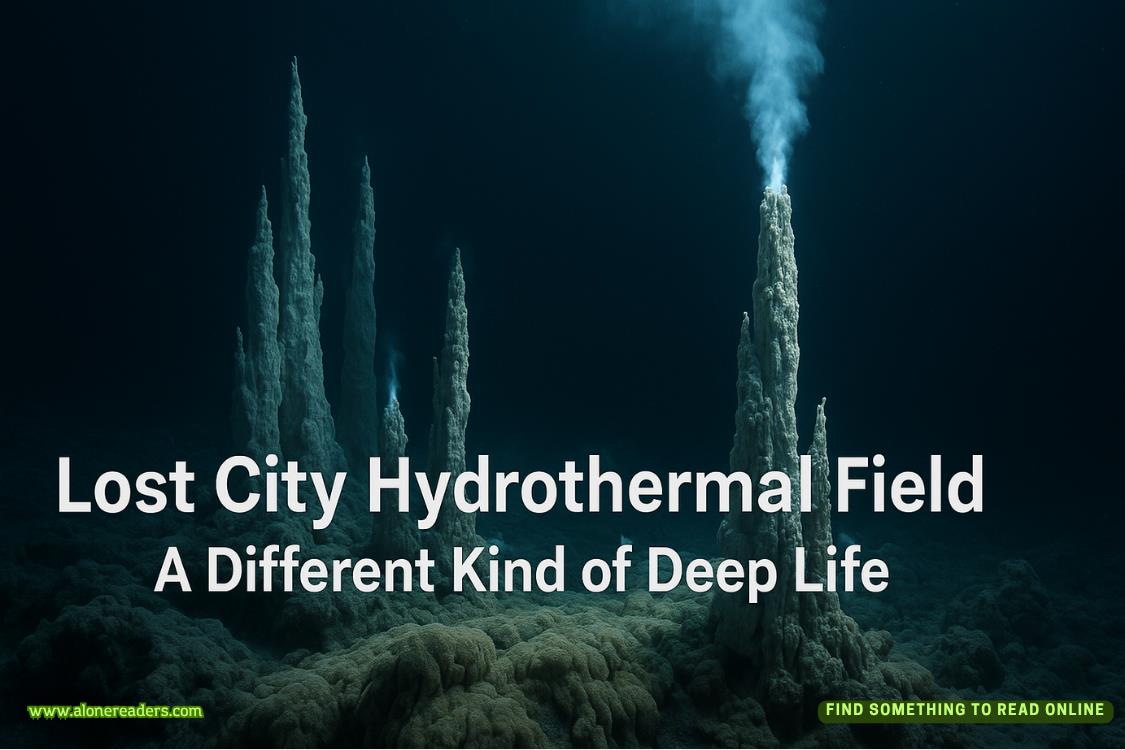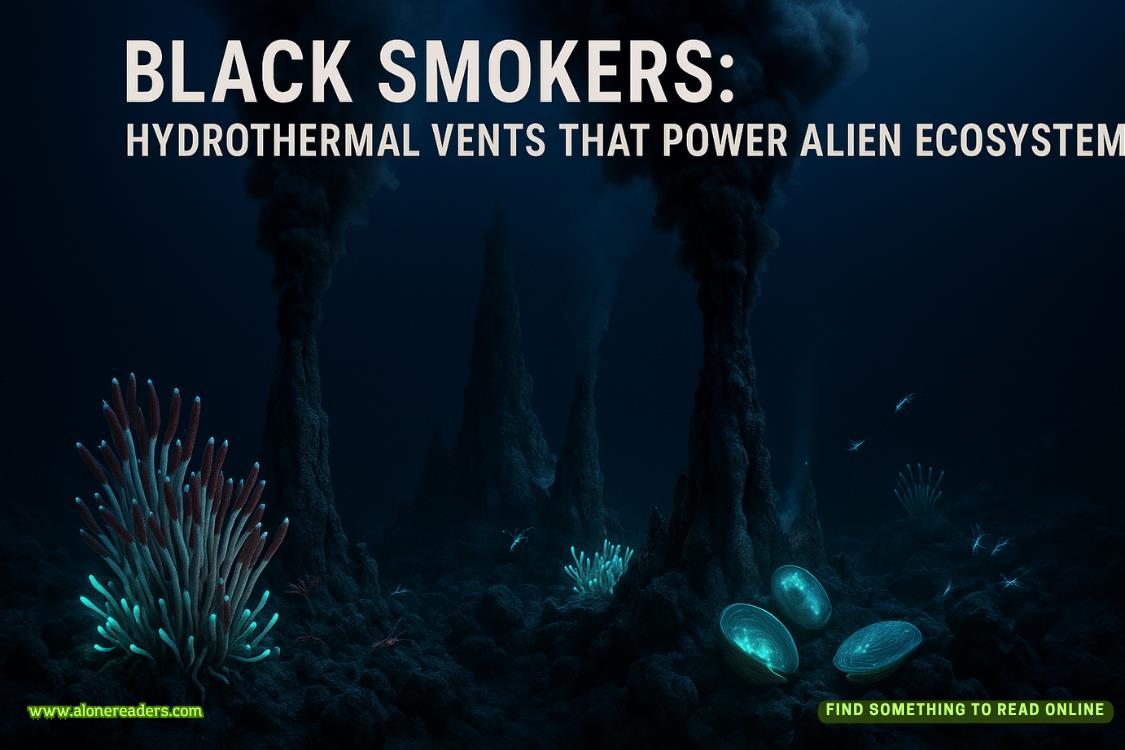Page 11 of Unexpected Boyfriends
“That’s a really cool way to look at things. I hadn’t thought of it like that.”
I laugh. “I grew up here and it was pretty solitary a lot of those years. When you spend as much time alone looking at the ocean as I have, you start having weird thoughts like that.”
Justin grins, a funny look on his face.
“Well, you’re not alone at the moment and you’re still having these weird thoughts, so what does that make you?” His tone is playful.
I shrug.
“Weirdo!” we both say at once and laugh.
Before we know it, we’re almost there. The road curves up and around a corner and suddenly laid out below us is the beach.
The water is a stunning blue and glints in the morning sun. Line after line of perfect waves run to the shore, tumbling over themselves in a race to reach the sand. Even from here we can see the dark specks of surfers enjoying the uncrowded break at the southern end of the beach.
Moments later we reach the bottom of the hill and the gravel crunches as we turn into the carpark.
“This is it,” I announce as we pull up.
It’s a relatively small beach, with steep rocky headlands at each end. There’s a rockpool for swimming, an amenities block at the southern end, and barbecues, wooden tables and bench seats in the park next to the parking lot. At the northern end of the parking is a restaurant with a small kiosk next to it. Tall Norfolk pines line the beach.
There are very few people here, probably because the beach is small and hidden from the main road. There are the surfers whom we’d already noticed, a couple of people jogging the length of the beach, and a handful of swimmers braving the icy water of the rock pool. Apart from that, we have the place to ourselves. It’s like a miniature tropical paradise right here in Sydney.
“Wow! This is beautiful. It’s kind of like a private beach, isn’t it?”
“Well, sort of, I guess. But it does get busy on the weekends. It’s not as popular as the better-known beaches though because it's kind of hidden away.”
We take off our shoes and walk barefoot, the sand squishing up between our toes, to where the pool marks the start of our rock walk.
I ignore the water-logged crevices and small rockpools near the pool.
“There’s never anything much to see this close to the beach,” I explain to Justin, “because there are too many people walking on the rocks and poking around disturbing things. The interesting stuff is further round.”
We climb over rocks, around rocks, and skirt around the many shallow rock pools. We’re careful of our timing when crossingplatforms and ledges where the falling tide still sends waves washing over the rocks. And every now and then, a larger wave than normal shoots a great rush of water over rocks that were previously uncovered.
“Now I understand how rock fishermen sometimes get swept away,” observes Justin, as we turn back to watch a particularly large wave sweep water over the rocks we’d traversed just moments ago.
“Yeah. You can’t afford to take your eyes off the sea. And you have to learn to read the waves too. You can usually tell when it’s building up to a big one. The sea has a kind of rhythm about it.”
Once we’ve been walking a good fifteen minutes and the beach has been out of sight for some time, we start looking in the rockpools for signs of life. I point out the periwinkles making their slow way across the rocky surfaces or winding trails through the sandy bottoms, and the many different varieties of seaweed or seagrass whose fronds shift in the gentle rippples of the wind-kissed water, sheltering crabs, tiny fish that have been caught in the rockpools by the receding tide, and tons and tons of starfish, all similar in appearance but with different coloration. I would have liked to show him something truly spectacular, but so far, while it’s all interesting, there isn’t anything out of the ordinary.
Although we look in the rockpools, we don’t touch anything, and we don’t spend too much time doing this because we need to take advantage of the tide to reach the blowhole safely. I'm going to look a right dickhead if I get us caught out here.
As we round a part of the coastline that extends seaward and was previously blocking our view, the coastline curves away and a whole bay presents itself to us. It’s surrounded by steep cliffs andcovered in native bushland, making the area inaccessible except the way we’ve come - over the coastal rocks.
I stop on top of a large boulder we’ve just scaled and point to a distant spot on the far side of the expanse of shifting sea.
“It’s somewhere over there. It’ll probably take us at least another half hour to reach it.”
It feels like a long way; the air is heavy and eerily still and it’s hot walking around the bay, but eventually we get there. For the last twenty minutes we haven’t spoken much, keeping our energy for making our way across and over the rocks, which at times is strenuous, especially in these stifling conditions. As we make our way out of the protection of the bay and closer to the point, the sea breeze hits us in the face and brings us some welcome relief.
Finally, we arrive at our destination.
I don’t have to say anything, because this place speaks volumes by itself. I can see from how wide Justin’s eyes have gone that he is as awestruck as I was the first time I saw it.
The green swell of water surges in through the narrow walls of the channel and erupts in a massive spray of salty water that rains down on us. But even more impressive is the way the water sucks back out as the wave recedes. The water swirls and gurgles around the rocky ledges deep down in the crevice, sucking everything – water, seaweed,everything- down a long, long way. Long chains of seaweed trail helplessly from the crevices between the rocks lower down. It’s amazing and sickening at the same time.
“Wow!” is all Justin can say, staring fascinated at the swirling maelstrom of retreating water.















